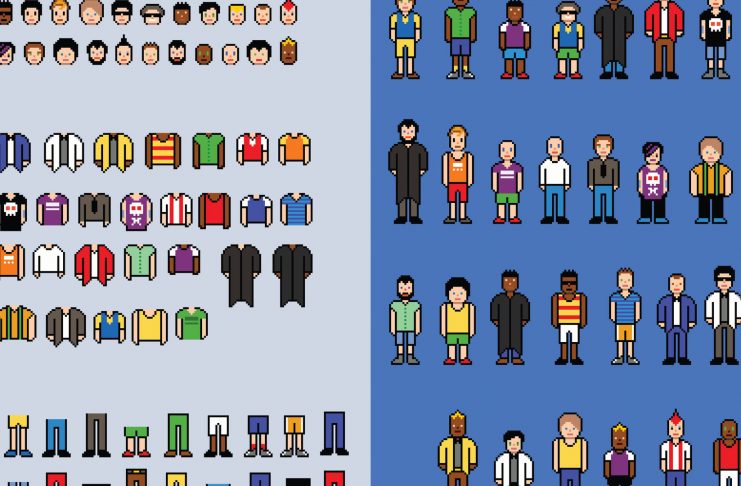Non-fungible Tokens (NFTs) are digital files such as jpg, png, mov, or 3D fashion files minted (connected) to a blockchain. The term “non-fungible” refers to a one-of-a-kind digital asset. This is in contrast to cryptocurrency (Fungible). NFTs are controlled and authenticated as digital assets via digital ledgers or blockchains. They are held in digital wallets the same way as cryptocurrencies and other tokens are, and they serve as valuable objects sold within the digital space.
Introduction to Fashion NFTs
Thus far, unhesitant fashion firms have sought to scale their cost operations, raise consumer awareness, and, most importantly, highlight the DNA of their brands to increase the bottom line. Indeed, current trends indicate that NFTs will become a significant player in 2022 and will also significantly increase the value of consumer purchasing power.
Why Is the Concept of Wearable NFTs So Appealing?
The exclusionary ownership provided by NFTs is perhaps its most appealing feature. NFTs enable files to become assets and have a distinct on-chain identity. They also offer authorship and ownership tracking for the smart contract component.
Designers will never run out of fabric or samples in a virtual setting, and supply difficulties will be a thing of the past. This provides creators with an additional layer of power and inventiveness, allowing them to work with limitless possibilities.
Without the limitations of the physical world, such as gravity or material durability, digital fashion can soar to new heights. Impractical or even impossible materials, such as water and fire, can be used to create garments. This one-of-a-kind blank canvas invites unique and unusual designs.
Wearable NFTs are intended to be non-discriminatory, adapting to the unique needs of avatars regardless of their body shape or size. In addition, some new brands are focusing on genderless digital-only products.
Designers can also experiment with new monetization models, such as becoming co-owners of their creations or embedding royalties into them so that every time an NFT changes hands, the creator automatically receives a share of the transaction.
Wearable NFT Brands and Marketplaces
Gaming has been shown to be a reliable venue for virtual fashion. Players commonly augment their virtual avatars’ experiences by purchasing add-ons such as new weaponry, superpowers, cosmetic upgrades, and skins.
The market for game skins is projected to be over $40 billion each year, highlighting the potential of wearable NFTs. Fortnite, for example, made $50 million from a single set of NFT-branded skins published last year, but the metaverse is quickly catching up, with ultra-fashionable avatars appearing on Decentraland and the Sandbox, among other places.
As the entire world transitions to a digital existence, there is no guarantee that NFTs will integrate with all generations, so plan with your target customer in mind. The question is: Are the fashion industries prepared to imagine a future in which the NFT-based economy outgrows the real world? Let’s see what happens!
Image Source: pdreams/123RF



